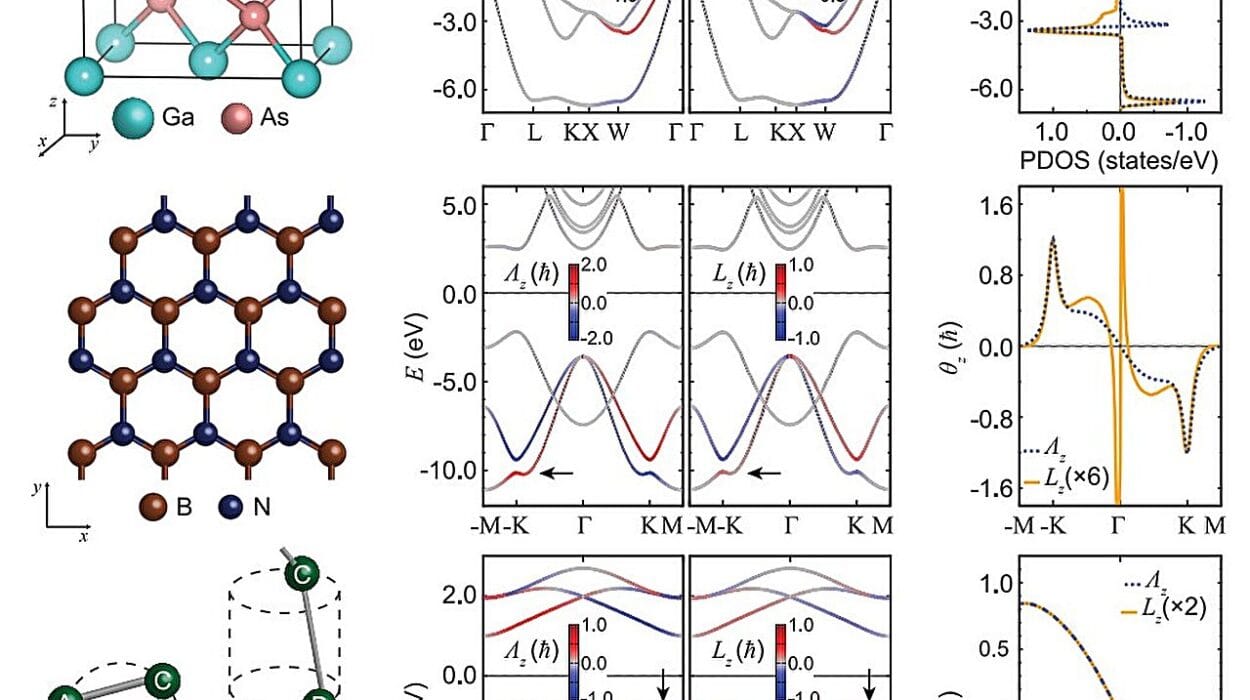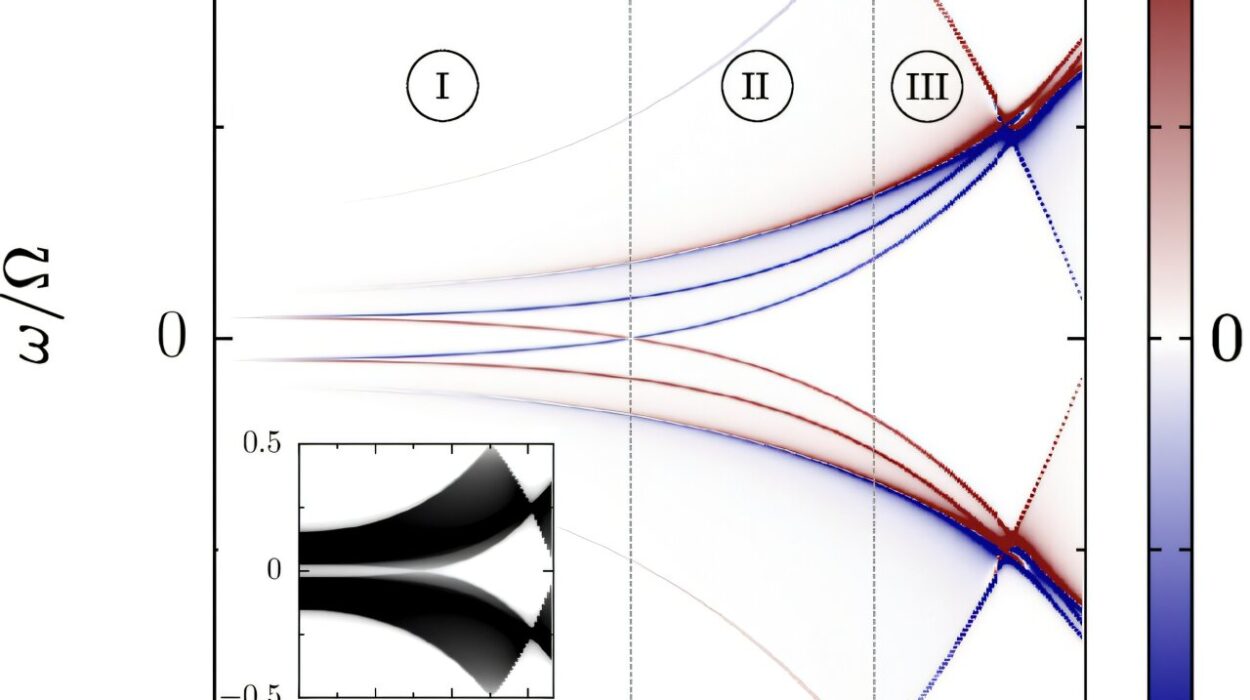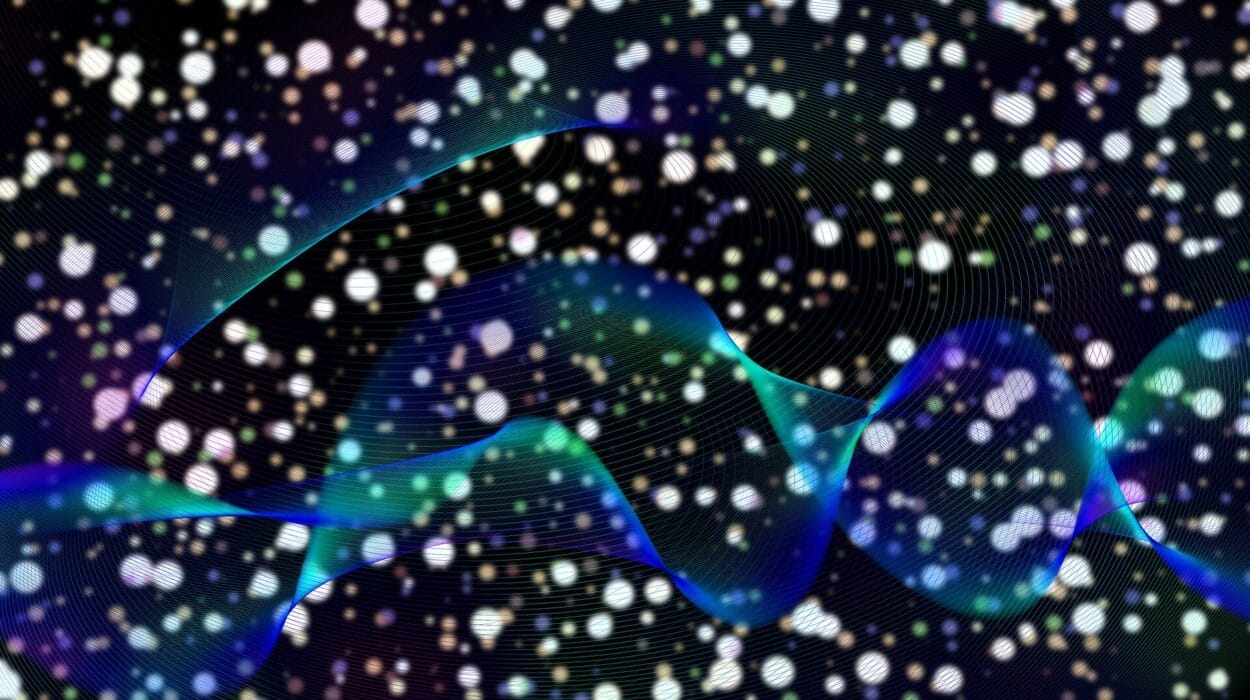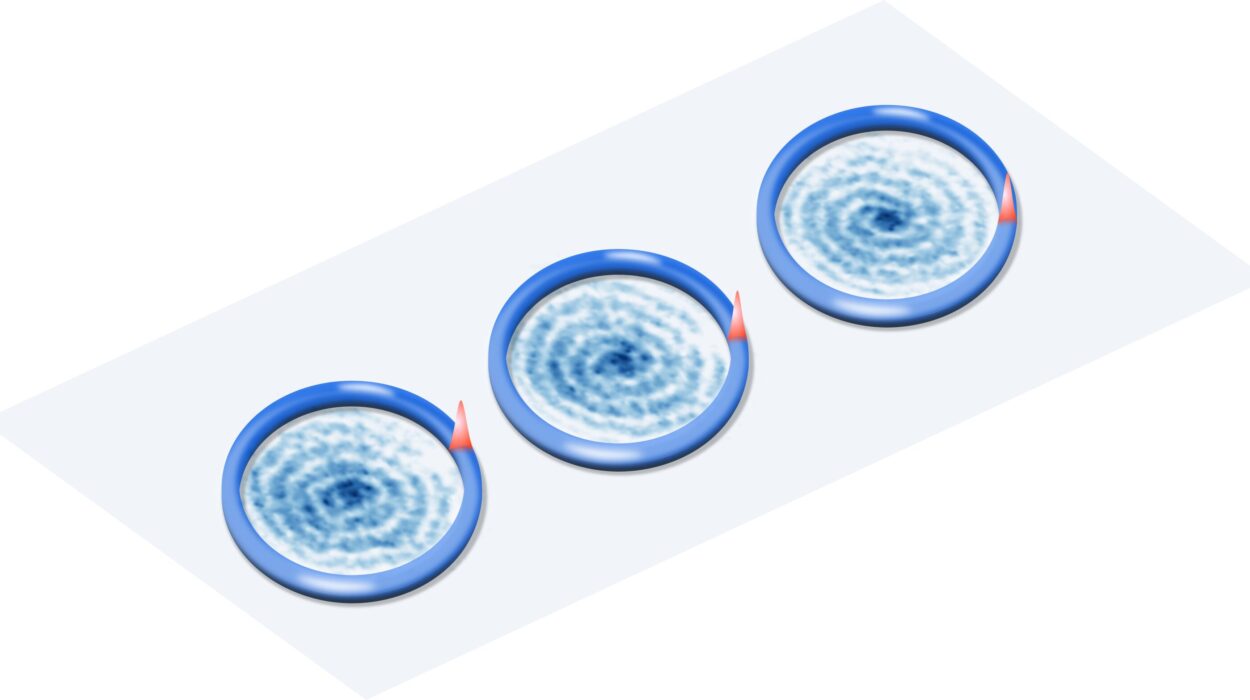In a quiet lab on the sunlit campus of the University of California, Irvine, a team of physicists has reached into the invisible fabric of the universe and pulled out something never seen before—a completely new phase of matter. One that doesn’t behave like solids, liquids, gases, or even plasma. One that has only ever existed in theoretical equations until now.
At the heart of this breakthrough is something both simple and strange: a new way that electrons—those restless travelers that carry electricity—can organize themselves. What the researchers found isn’t just a curiosity. It could be the key to a new generation of ultra-efficient, self-powered computers and electronics resilient enough to survive the brutal conditions of deep space.
“It’s a new phase of matter,” says Dr. Luis A. Jauregui, professor of physics and astronomy at UC Irvine. “Like how water can be a liquid, ice, or vapor—this is something else entirely. It’s its own thing.”
And if we could somehow hold it in our hands, Jauregui says, it would glow.
Into the Unknown: Measuring What Was Once Only Imagined
The exotic phase, discovered inside a material known as hafnium pentatelluride, emerges only under the pressure of extraordinarily intense magnetic fields—up to 70 Teslas, hundreds of times stronger than the magnets found in MRI machines and thousands stronger than a typical fridge magnet.
The breakthrough came when the UC Irvine team, working in collaboration with scientists at the Los Alamos National Laboratory and the National High Magnetic Field Laboratory, observed something peculiar. When this rare material was subjected to the intense magnetic fields, its ability to conduct electricity didn’t just falter—it abruptly dropped. This sharp transition was no accident. It signaled a kind of transformation in the material’s very identity.
The electrons inside hafnium pentatelluride were no longer acting alone. Instead, they were pairing up with their counterparts—called holes—and forming bound states known as excitons. What made this so unusual was that the spins of these particles began aligning in the same direction, forming a quantum fluid that radiated with unseen energy.
“It’s like the electrons and holes start dancing in perfect sync,” Jauregui explained. “And what we end up with is something fundamentally new. Not just exotic, but practically useful.”
Matter That Laughs at Radiation
What makes this new phase of matter more than just a scientific novelty is how utterly different it is from the materials used in modern electronics. While silicon chips and circuit boards are fragile—easily degraded by radiation or extreme environments—this newly discovered quantum fluid is practically immune.
Radiation, which scrambles electronic circuits and fries traditional processors, has little effect on the properties of this material. The reason lies in the way quantum particles are organized. Instead of relying on charge alone, the system seems to operate using spin—a kind of intrinsic particle property akin to a tiny magnetic orientation. By transmitting information via spin rather than electrical current, future devices could operate without the heat losses and vulnerabilities that plague current technologies.
This opens up possibilities far beyond Earth. Jauregui imagines a future where computers destined for deep space missions—places with intense cosmic radiation and temperature extremes—are built from such radiation-proof quantum materials.
“If you want computers in space that are going to last,” he says, “this is one way to make that happen.”
The Ghostly Glow of Potential
Although invisible to our eyes, this new quantum phase has a kind of internal brightness. If it were visible, Jauregui says, it would emit a high-frequency glow—a pure light born from its unusual electron-hole pairings.
This image—of a glowing, self-organizing quantum liquid—feels almost poetic. But the implications are anything but abstract. We are talking about the seeds of a new era in electronics. Devices that never need recharging. Processors that don’t overheat. Memory that’s never lost. Computers that don’t just survive in space but thrive there.
And just as superconductors changed how we think about resistance and energy transmission, this new phase of matter may do the same for how we design logic, memory, and communication systems in the age of quantum technology.
Behind the Breakthrough: A Symphony of Collaboration
While the results may sound futuristic, the work itself was meticulous and grounded in hard, hands-on experimentation. The material, hafnium pentatelluride, didn’t just appear—it had to be designed and synthesized with precision at UC Irvine. That responsibility fell to postdoctoral researcher Dr. Jinyu Liu, the study’s first author, working alongside graduate students Robert Welser and Timothy McSorley, and undergraduate Triet Ho.
After carefully crafting the material into usable devices, the team subjected it to extreme magnetic fields—first at Los Alamos National Laboratory and then at the National High Magnetic Field Laboratory in Florida. The conditions were harsh, the measurements delicate. But in those magnetic crucibles, the material gave up its secret.
On the theoretical front, physicists Shizeng Lin, Varsha Subramanyan, and Avadh Saxena provided the modeling needed to interpret the experimental findings. The convergence of minds—material scientists, theorists, quantum physicists—was essential.
“This wasn’t something one lab could do alone,” Jauregui noted. “It required all of us, across institutions and disciplines.”
Rewriting the Quantum Rulebook
While we’ve grown familiar with states of matter—solid, liquid, gas, plasma—and perhaps even with superconductors and Bose-Einstein condensates, this new discovery reminds us how incomplete our understanding of matter still is. The quantum world is full of rules that we don’t yet fully comprehend, and sometimes, those rules seem to shift in the face of extreme conditions.
This new phase is not just a matter of temperature or pressure—it is a matter of magnetic topology, spin coherence, and electron symmetry. It’s quantum matter existing in a way that doesn’t fit into the categories we’ve used for decades. And that’s what makes it so exciting.
“Sometimes, nature hides her most beautiful laws where we’re least expecting them,” Jauregui said.
The Frontier Ahead
The discovery raises as many questions as it answers. Can this material be scaled up? Can it function at lower magnetic fields? Will it work in ambient conditions? How can we harness its properties for use in real-world devices?
No one knows yet. But researchers are already working to modify the composition of hafnium pentatelluride and its crystalline structure to make it more practical for commercial applications. They are also exploring how this material’s unique quantum state might be toggled—turned on and off like a switch—so it can be embedded in next-generation computing platforms.
In quantum science, the path from lab bench to real-world use can be long. But each discovery like this moves us a step closer. To longer-lasting devices. To energy-efficient computing. To machines that think and learn in ways we’re only beginning to imagine.
And maybe, just maybe, to starships guided not by classical bits but by quantum light—stable, bright, and strong enough to survive the void.
A Glimpse Into the Quantum Future
Every so often, physics reminds us that the universe is stranger, more intricate, and more surprising than we think. The discovery of this new phase of matter is one such reminder—a whisper from the quantum world that there is still much to learn, and much to build.
We can’t hold this new phase in our hands. Not yet. But we can see where it might lead. A revolution in materials. A leap in computing. A light in the dark.
And perhaps one day, long after we’ve left the Earth behind, it will be this strange and beautiful state of matter—born of electrons and holes, in perfect spin—that carries us forward.
Reference: Jinyu Liu et al, Possible Spin-Triplet Excitonic Insulator in the Ultraquantum Limit of HfTe5, Physical Review Letters (2025). DOI: 10.1103/bj2n-4k2w






